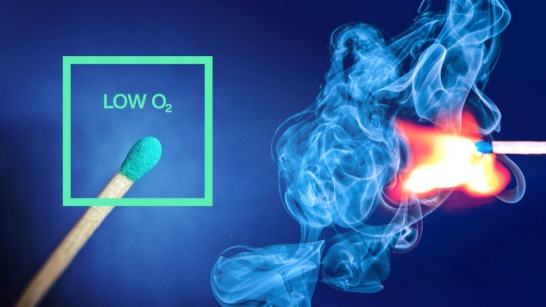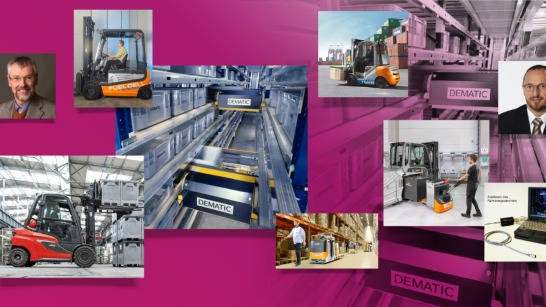
Fire Prevention through Oxygen Reduction: Fire Protection for Automated Warehouses
Be it in e-commerce or manufacturing, a warehouse is the hub of any company. In warehouses, all kinds of materials and products are stored closely packed together. For the company, they represent an extremely valuable asset, and one that is worthy of protection. Fire protection experts, however, only see one thing—a huge pile of combustible material stacked densely up to the ceiling. In order to ensure maximum safety in this context, KION's subsidiary brands Dematic and Linde Material Handling use an intelligent fire protection method—they simply cut off the air supply to the fire.
2021-07-13





_image_546x307.jpg)
